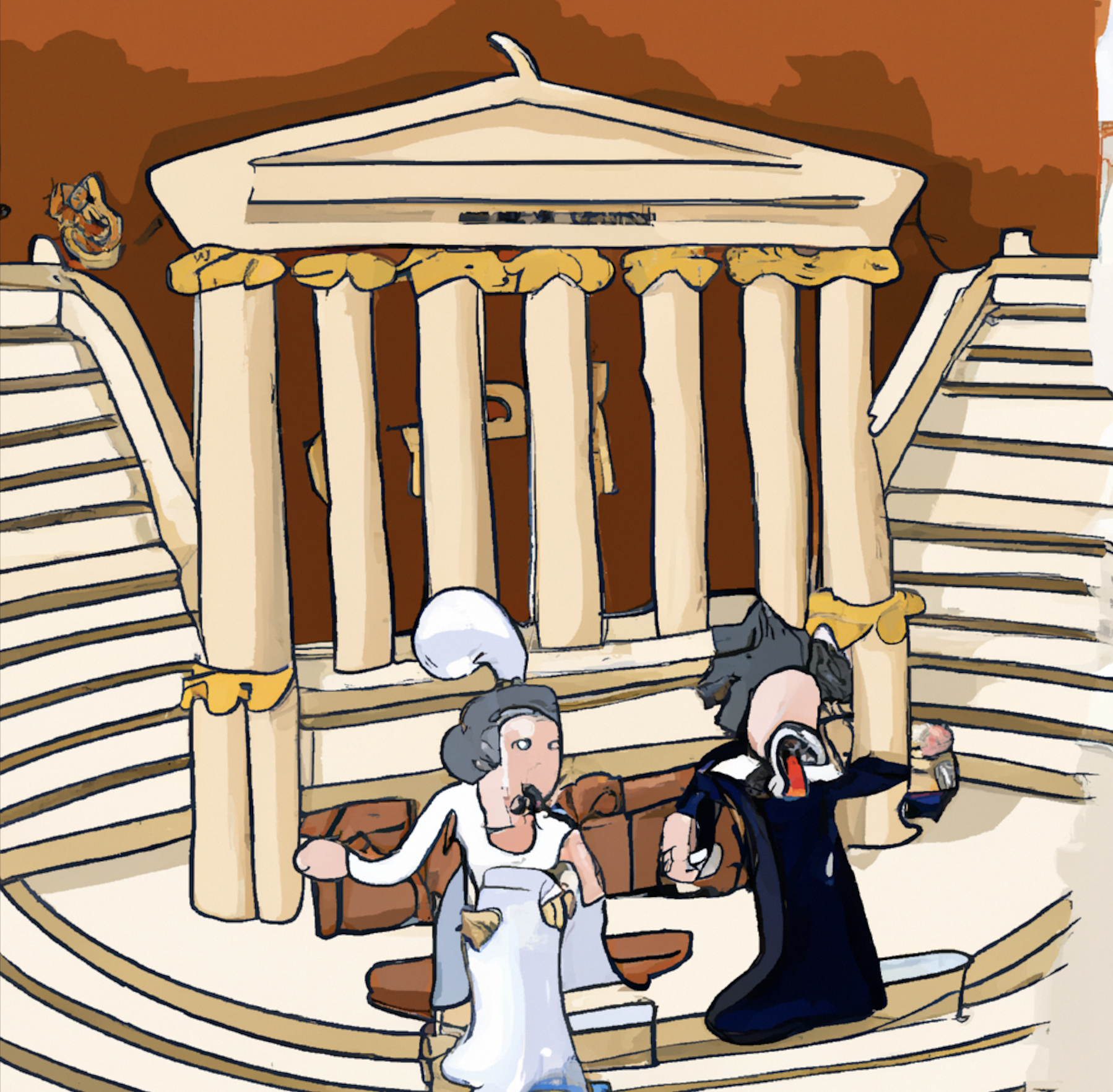Improving local governance with citizen engagement? Quotidian participatory mechanisms in two middle-class districts in Lima, Peru
Recent studies have focused on participatory innovations—implemented over the past three decades in cities around the world—as a means to improve local governance and citizen involvement in decision making. This paper focuses on an overlooked type of innovations, quotidian participatory mechanisms (QPMs). Using a case study of two different middle-class districts in the metropolitan area of Lima, this paper argues that municipalities implemented QPMs to reconcile their need for economic growth and service provision, shifting from long-term planning to routine problem-solving. QPMs have three central characteristics: the search for efficient solutions to quotidian problems, the individualized treatment of public urban issues, and the use of new information and communication technologies. By excluding deliberation, QPMs can reshape the relationship between residents and local government in two ways. They can either foster a customer-citizen logic or a patronage logic. In so doing, QPMs help to socialize citizens over how to participate and define what content falls under the scope of participation, reducing participation to a level of tokenism by excluding its political dimension.





